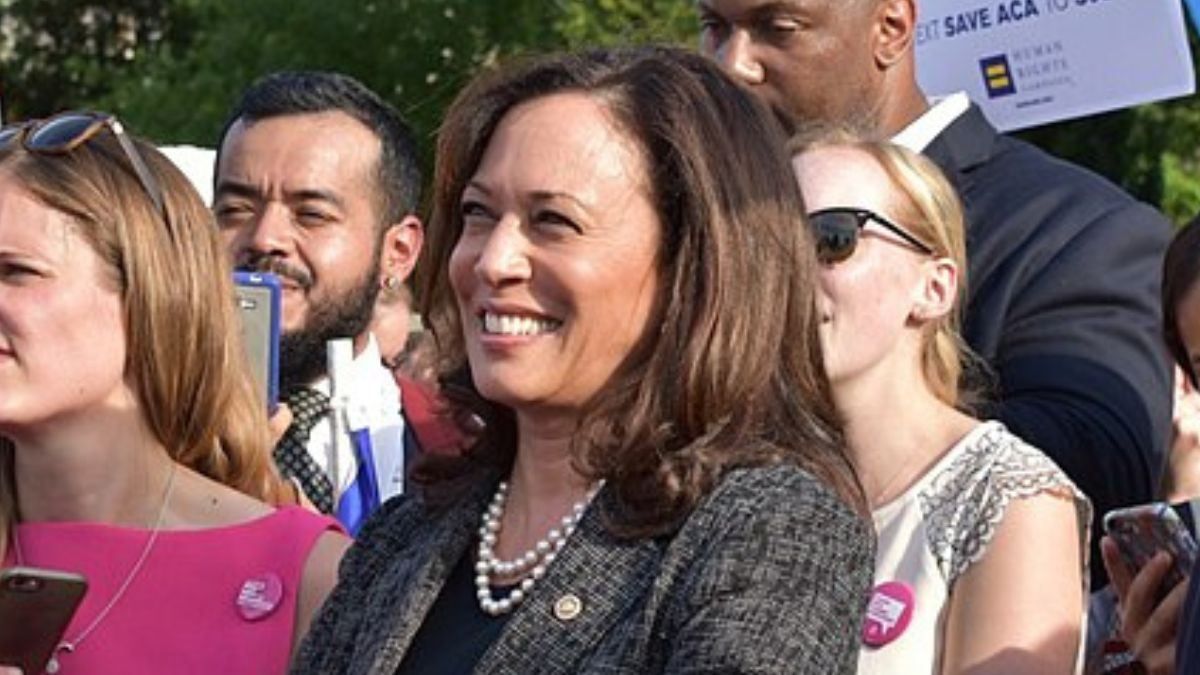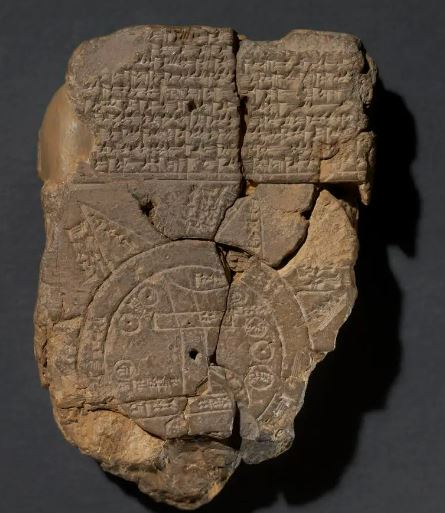Tales of the Capitol macabre: Chad Pergram shares spooky stories from halls of Congress
Fox News senior congressional correspondent Chad Pergram recounts haunted tales and legends from the halls of Congress.
There’s an old saw in baseball which says that the "tie goes to the runner."
If only it were that simple in the United States Senate.
There is a very real chance that the Senate could be tied at 50-50 in the 119th Congress which begins in January.
The Senate map in play next week definitely favors Republicans. Democrats currently hold a 51-49 edge. There are four independent senators who "caucus" with the Democrats, giving them operational control.
USER’S MANUAL ON WHAT HOUSE RACES TO WATCH ON ELECTION NIGHT
It’s widely believed that the party which controls the vice presidency automatically secures control of the Senate. But that’s far from automatic. It makes sense that the vice president – who Constitutionally serves as the President of the Senate and may break ties – should effectively grant Senate control to his or her party. There have been two Senate ties in recent history. One Senate tie was in 2001. The other one was in 2021-2023. But what unfolded in those instances is important to understand why awarding Senate control to the party of the vice presidency is not etched on a stone tablet. Moreover, those circumstances could help explain why it might be problematic to settle which party might control the Senate in 2025.
Let’s first rewind.
There was a tie in the Senate in 1881. There’s actually some interesting infighting and resignations of senators which explains the political machinations of that circumstance. There was also a tie in 1954  – and multiple switches in the majority/minority of senators between 1953-1955. That’s partially due to the death of nine senators over a short period of time.
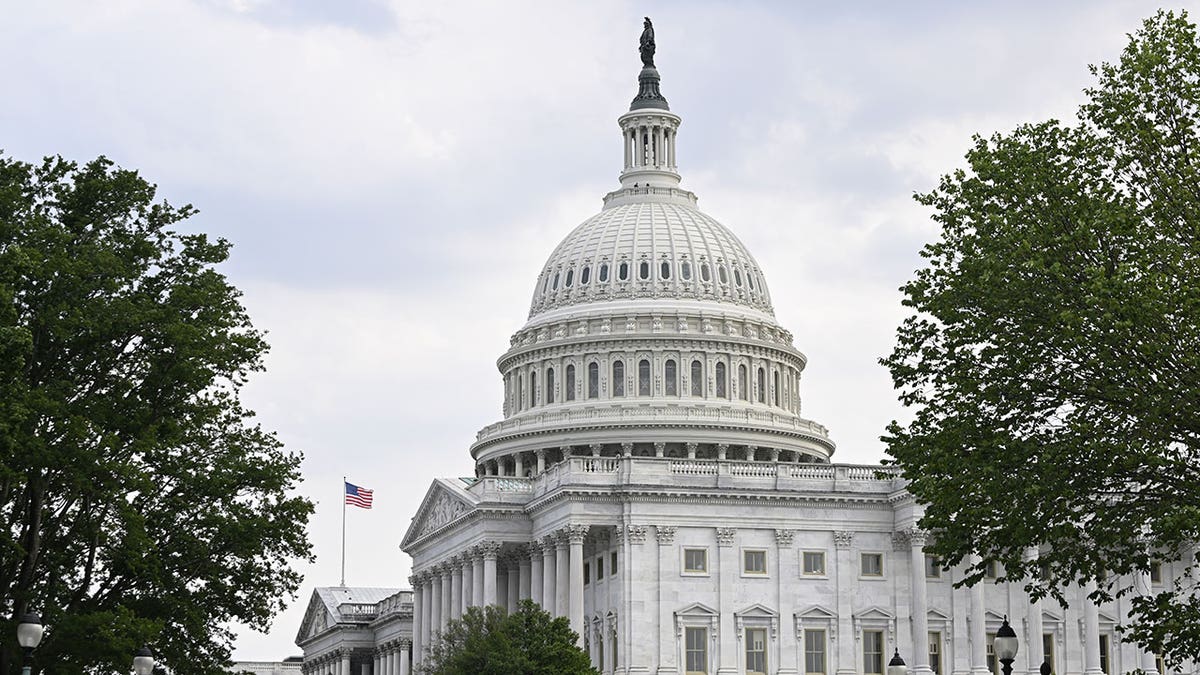
There have been few instances in American history in which the Senate's partisan composition has been evenly split. Read on to see what happens when such a political crossroads is reached. (Celal Gunes/Anadolu Agency via Getty Images)
There have been two ties in the early 21st Century. But while one party or the other often had more members than the other side, there was no such thing as a "Majority Leader" or "Minority Leader" until the early 20th Century. Senators regarded the institution as a body of equals. So there was no reason to designate someone as "in charge." But that changed a little more than 100 years ago, launching the contemporary Senate.
In late 2000, the Senate arrived at its first tie in decades at 50-50. The final race called was a win by Sen. Maria Cantwell, D-Wash., over late Sen. Slade Gorton, R-Wash., in December. Keep in mind that 2000 was also the year of the Florida election dispute involving the presidency. President George W. Bush topped Vice President Al Gore. Then-Senate Majority Leader Trent Lott, R-Miss., and then-Senate Minority Leader Tom Daschle, D-S.D., brokered a power-sharing arrangement. The 50-50 split, coupled with Vice President Dick Cheney, propelled Republicans into the majority. Lott was in charge. But the deal afforded Daschle some floor powers not typically granted to the Minority Leader. Republicans would chair Senate committees. But membership by Democrats on each committee was level with the GOP.
The pact also included a key rider: If one side or the other actually garnered a formal majority at any time during the 107th Congress, then the deal was off and that party truly wielded a majority of the Senate.
The level of comity between Lott and Daschle was instrumental to this agreement. And, all 100 senators agreed to the power sharing arrangement. One might ask why everyone was on board? Lott and Daschle earned the confidence of their members. Plus, Republicans knew that Democrats would outright block ANYTHING if they weren’t granted a sufficient voice. Meantime, Democrats agreed to the pact because the alternative meant they were relegated to the minority. Under these circumstances they were in the minority – but with an asterisk.
Lott’s reed-thin majority was short-lived. By springtime, late Sen. Jim Jeffords, I-Vt., dropped his membership with the GOP. Jeffords became an independent and elected to caucus with the Democrats. Jeffords' maneuver instantly propelled Daschle to Majority Leader.
Control of the Senate for the 117th Congress wasn’t settled until early 2021. That’s when Sen. Raphael Warnock, D-Ga., defeated then-Sen. Kelly Loeffler, R-Ga., to make it a 50-50 tie. President Biden captured the Presidency. Republicans were leery of being shut out like the Democrats worried in 2001. No fool he, Senate Minority Leader Mitch McConnell, R-Ky., insisted on the same power-sharing arrangement hammered out between Lott and Daschle two decades earlier. Democrats would serve as the majority party because of Vice President Harris. Senate Majority Leader Chuck Schumer, D-N.Y., would be at the helm. But the GOP would enjoy some fruits of power in the minority, thanks to the 2001 deal.
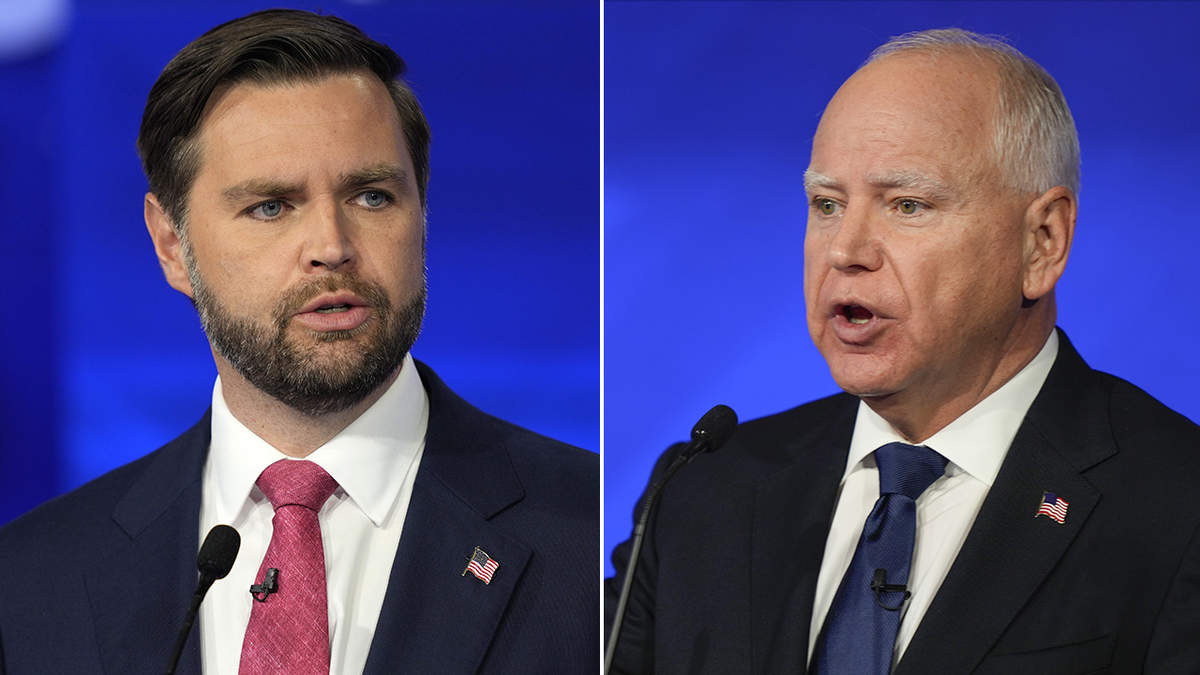
On paper, partisan control of a 50-50 Senate is determined by who the Vice President is: in this case, "Vice President J.D. Vance" presiding over an evenly-split chamber would tilt control to Republicans. "Vice President Tim Walz" would do the same for Democrats. (AP/Matt Rourke)
So what happens if there’s a tie in 2025?
The Senate is steeped in custom and tradition. So if there’s a 50-50 deadlock, there’s a good chance a "Vice President Tim Walz" means Democrats are in charge. The same for the GOP if there’s a "Vice President JD Vance." But we’re operating in a different political atmosphere these days. Granted, the power-sharing arrangements of 2001 and 2021 both emerged after disputed presidential elections. There was an interest in both instances to calm the waters in both of those episodes. But this time around? Who knows.
What else could muddy the waters? Democrats are pouring money into Nebraska to boost independent Dan Osborn in his quest to defeat Sen. Deb Fischer, R-Neb. Osborn has made the race much closer than expected. But Osborn also says he won’t caucus with either party. That could negate the chances of the tie. It also raises the question about where the Senate might position Osborn’s desk in the chamber and whether he would serve on any committees. Independent senators have historically caucused with one side or the other.
REPUBLICAN INCUMBENTS CRUZ, FISCHER HOLD NARROW LEADS IN TEXAS, NEBRASKA SENATE RACES: POLLS
Then there’s the question about just how restive senators may be after the election. McConnell is relinquishing his leadership role. The declared candidates to succeed him are Senate Minority Whip John Thune, R-S.D., former Senate Majority Whip John Cornyn, R-Tex., and Sen. Rick Scott, R-Fla. It’s possible other senators could be in play, too.
Sen. Mike Lee, R-Utah, has pushed the GOP leadership candidates to alter internal conference rules and weaken the Republican leader. It’s far from clear that there will be an appetite for bipartisanship and comity in the new Congress if there’s a Senate tie.
And, as in 2000 and 2020, what if there’s disagreement about whether Harris or former President Trump won the presidency? That could dictate whether senators are willing to award the "majority" to one side or the other if it’s not certain if Walz or Vance is Vice President.
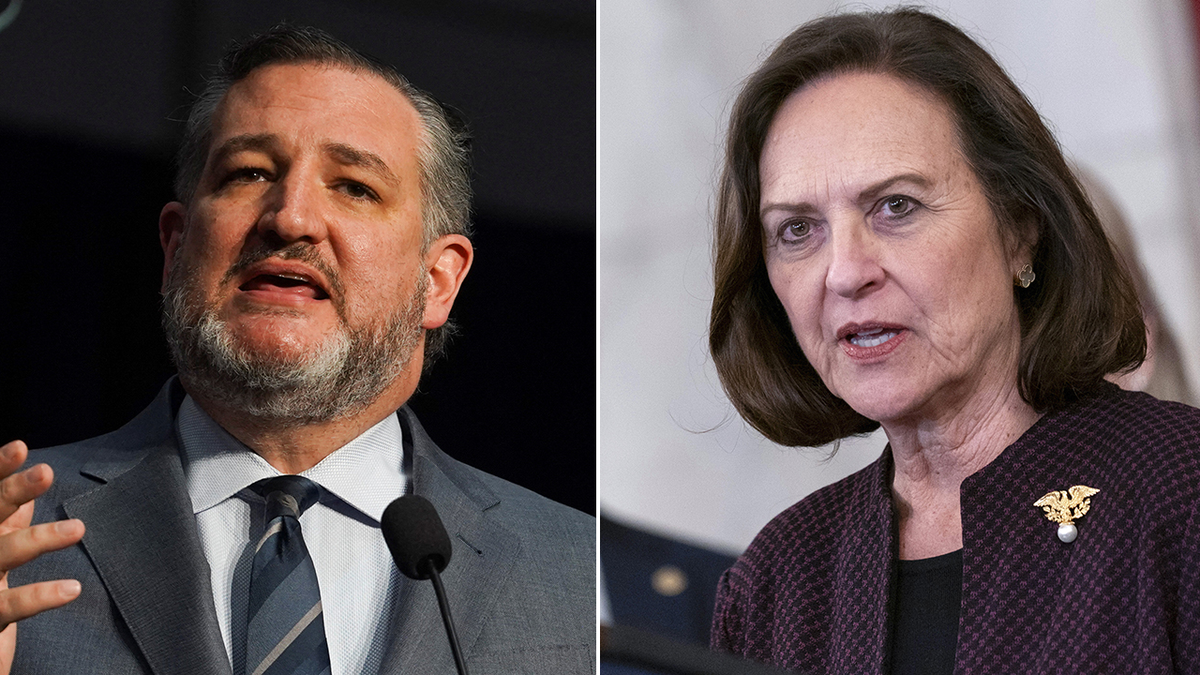
Senate control in the 119th Congress may also be determined by the fates of vulnerable Republican Sens. Ted Cruz of Texas and Deb Fischer of Nebraska. (Reuters/Go Nakamura/AP/Stephanie Scarbrough)
And a footnote on the power of the Vice President to break ties: the Vice President is not required to vote to break a tie. If there’s a 50-50 vote on a bill or an amendment in the Senate, by rule, a tie loses. So if a vote is tied, the Vice President won’t vote if the administration or party wants the issue to go down to defeat. There’s no reason to cast a "nay" vote to pile on with the loss.
That means the Vice President only votes in the affirmative. So if a tie vote means the issue is failing – and the President and the Vice President want the issue to go in the other direction – he or she votes "aye." That makes it 51-50 – approving the amendment or legislation.
A reminder that the Vice President CANNOT vote if the vote is 49 yeas to 50 nays. That’s not a tie. Thus the Vice President isn’t afforded a vote to edge the tally to 50-50.
CLICK HERE TO GET THE FOX NEWS APP
So, despite the historic precedent of the vice president dictating which party will control the Senate, the power of the vice president is actually pretty limited.
Which brings us back to our thesis: When it comes to Senate control, nowhere is it written that a "tie goes to the runner." Or in this case, the party of the vice president. And that’s why the potential of a divided Senate in 2025 – amid a hyper volatile political climate – could make it hard to sort out which party runs the place.

